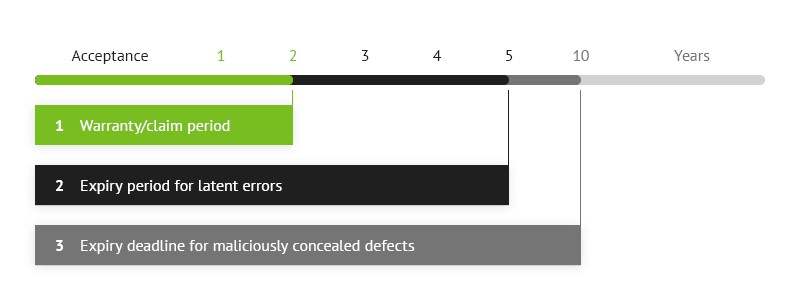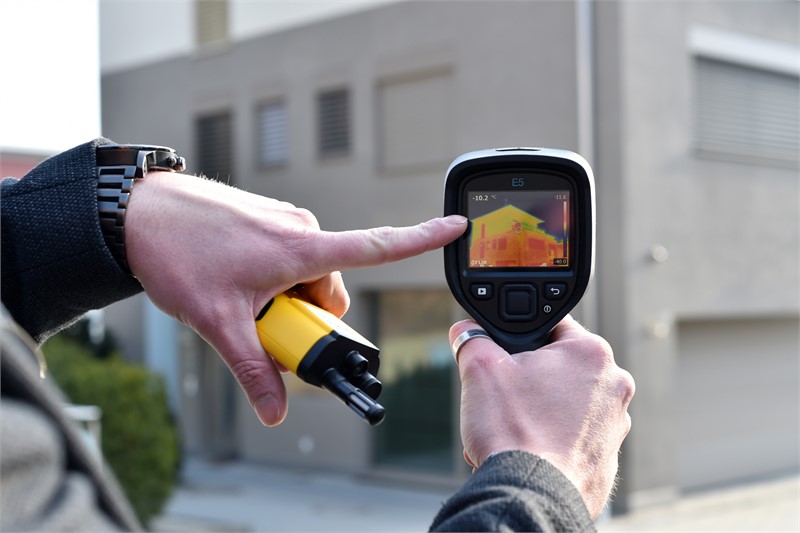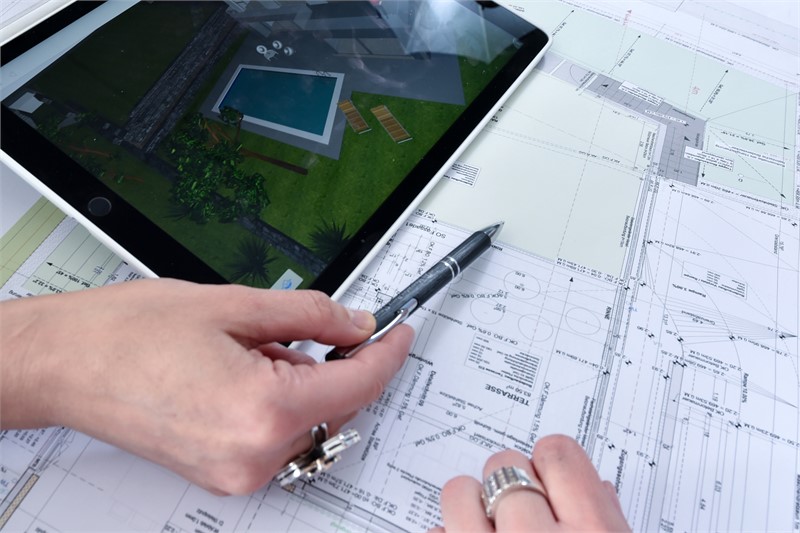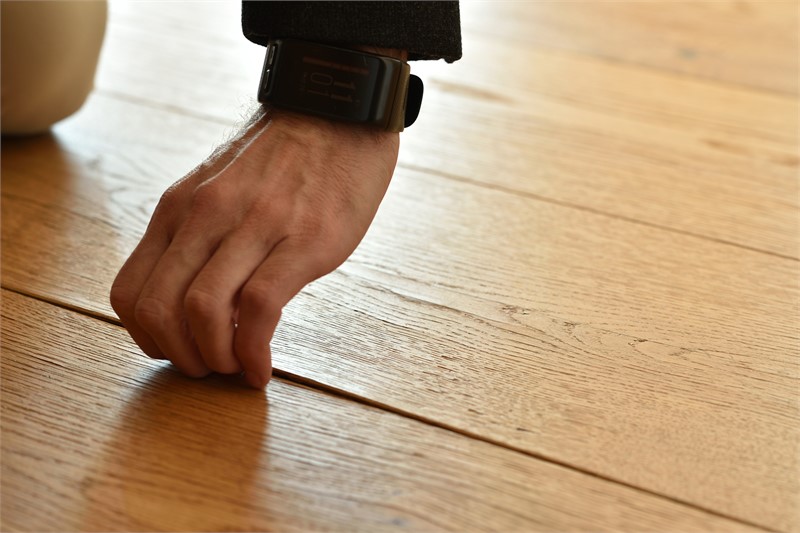Construction defect management
Defect correction and carrying out work to the building under warranty
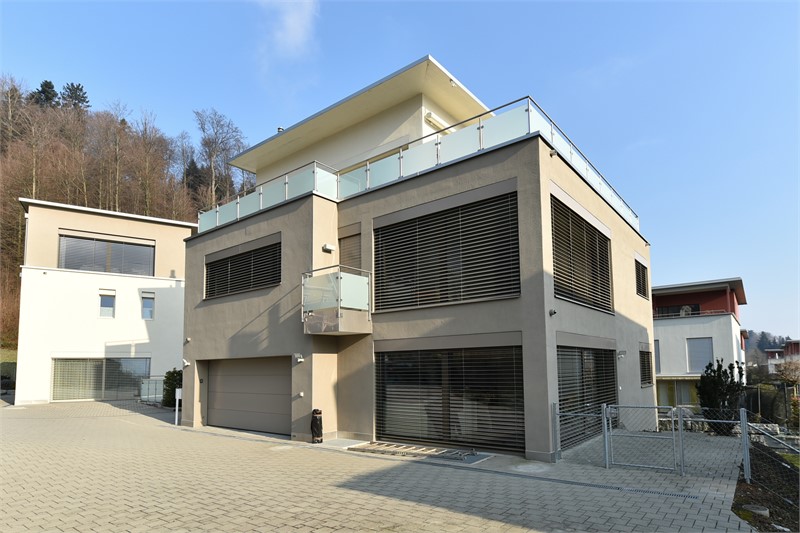
Establish construction defects and make a claim
A construction defect is a deviation of the present state of a building works from the duly intended state. A construction defect does not necessarily have to be a mistake made during implementation, but instead can also be a deviation from the purchase order. Construction defects which are not corrected may lead in certain circumstances to a construction damages claim and, in general, to a down-valuation of the construction works.
Trusting is good, checking is better! Agree deadlines for planning and implementation checks now!
Minor issues - acceptable anomalies with settlement for the loss in value or unacceptable anomalies followed by rectification. Correctly evaluate defects and take care of them!
"In almost two-thirds of cases, an leaky area in the building envelope will be rejected", said ETH Professor Menz. The building envelope also includes windows, cellars and flat roofs.
Everyone tries to avoid them, yet they still appear in the end: construction defects. Their causes are manifold, often having their origin in small acts of carelessness or new construction details, of which there are countless during construction, needing to be resolved in every build. For every construction is unique.
A defect will always arise, if the present condition of the construction works does not coincide with the contractually agreed desired condition and lacks a quality that it should have as per the contract. To these belong expressly agreed qualities, but also qualities that any building works fundamentally must have. e.g. that there is no ingress of water through the roof. The consequence of a defect is therefore a drop in the value or the usefulness of the construction.
The warranty period starts upon acceptance of the construction. If SIA standard 118 has been agreed at acceptance, then the purchaser has available to him a claims period of 2 years from acceptance. During this time period, the purchaser can claim for all defects discovered after acceptance. Solely defects which must be immediately claimed for to avoid further damage must be reported to the contractor without delay (art. 172 f. SIA standard 118).
So-called disguised defects may also be promptly claimed for after the expiry of the two year claim period. The claim must also to be worded in a precise and clear fashion according to the Swiss Code of Obligations and SIA. The contractor is to be clearly advised by the constructor (or the purchaser) about what is supposed to be wrong. The purchaser must also clearly express that the purchaser is not prepared to accept the defect. The claim does not have to be technically correct. For the purposes of evidence, it is worthwhile putting the defect claim in writing or to have receipt of the claim confirmed by the contractor.
For defect claims, a request for repair is made, in other words, for a subsequent rectification of the defect. However, the purchaser may also demand a reduction in the cost of works and accept the construction on these grounds. Any discount is as a result of a comparison between the values of the defect-free and the defective works. The difference is then related to the cost of works.
Additionally, the purchaser may withdraw from the contract, insofar as acceptance of the work done would not be onerous and the contractor will not suffer excessive disadvantages from this withdrawal. Should the purchaser declare a withdrawal, then he shall be freed of the duty to remunerate and may reclaim remunerations already paid. The work now belongs to the contractor, which he must now remove from the purchaser’s site.
We will not leave you on your own during this! Instead, we will gladly provide advice and take over the building defect management on your behalf.
